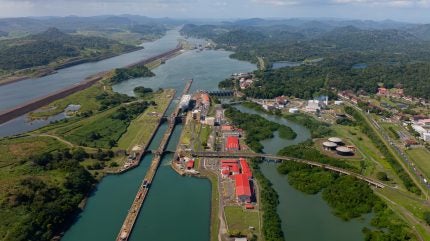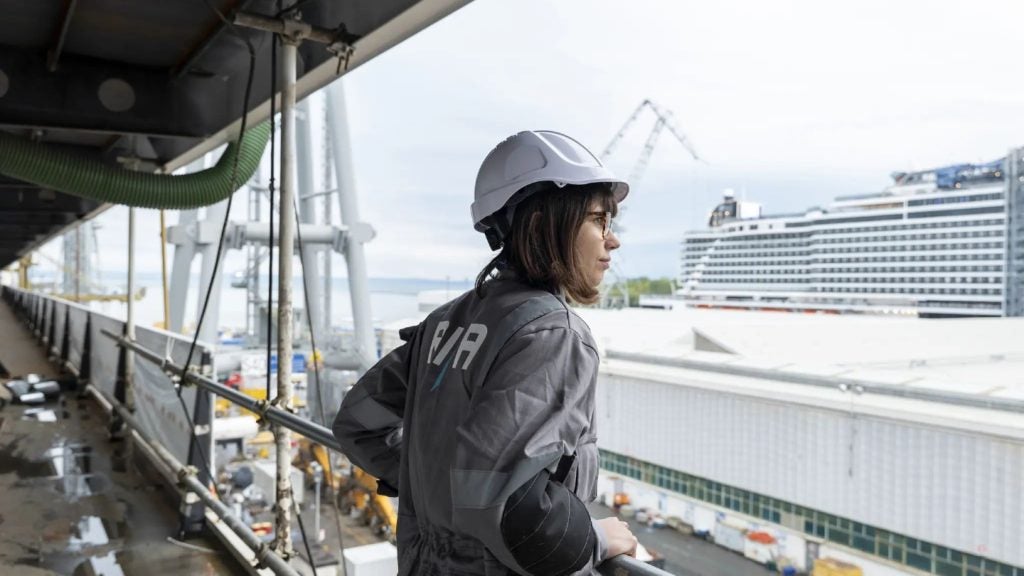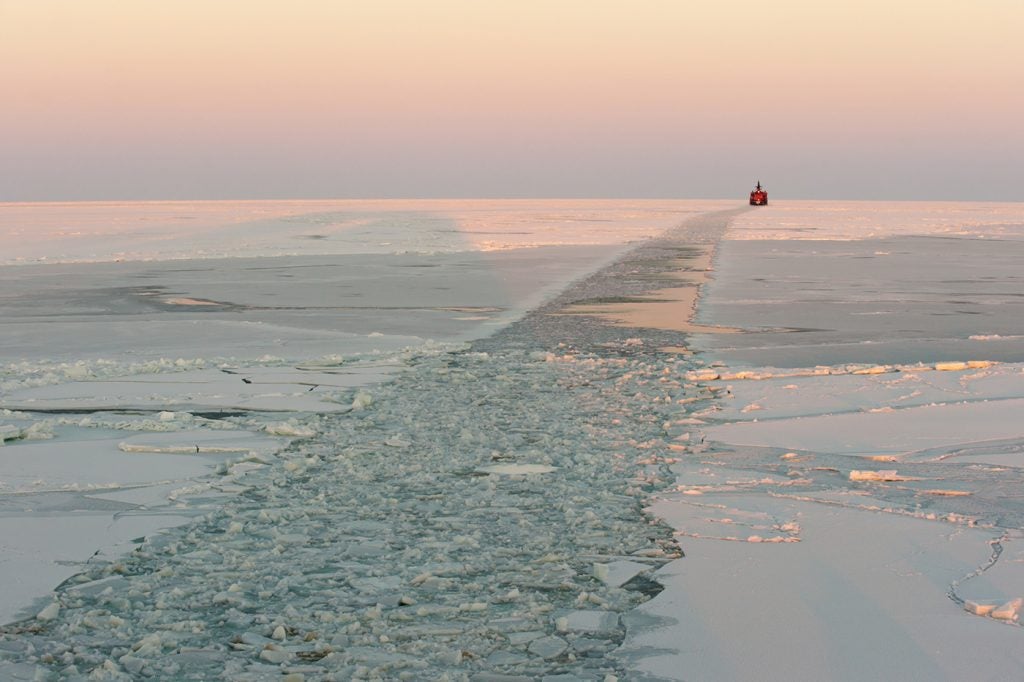
The El Niño weather system has been causing adverse weather events across the globe since the middle of last year, impacting global supply chains on land, on the seas and in the air.
Some experts have suggested that climate change is increasing the frequency and severity of El Niño, meaning that air and sea freight providers must be conscious of more disruption to their routes from droughts, flooding, and storms.
Although people are most familiar with El Niño, it is actually part of a larger system called El Niño-Southern Oscillation (ENSO).
The effects of El Niño
ENSO is a cycle of warming and cooling that occurs in the Pacific Ocean near the equator. El Niño refers to the warming part of the cycle, while La Niña refers to the cooling.
These events occur every two to seven years and normally last just under a year. The current El Niño cycle has been ongoing since mid-2023. According to the World Meteorological Organization, the effects of this cycle are currently weakening, but impacts are continuing with the potential for it to contribute to record-breaking heat across the world this year.
While the weather system has clear ramifications on crops and harvests as a result of droughts, flooding, and wildfires, it also has a significant impact on trade routes. The crucial Panama Canal route, for example, is at a historic low capacity.
How well do you really know your competitors?
Access the most comprehensive Company Profiles on the market, powered by GlobalData. Save hours of research. Gain competitive edge.

Thank you!
Your download email will arrive shortly
Not ready to buy yet? Download a free sample
We are confident about the unique quality of our Company Profiles. However, we want you to make the most beneficial decision for your business, so we offer a free sample that you can download by submitting the below form
By GlobalDataLogistic providers are keeping an eye on the situation, with DHL Group spokesperson David Stöppler stating that the German logistics company has “closely monitored” the impacts of El Niño.
“This weather pattern often leads to a wetter winter in the southern US and reduced snowfall in the northern regions, affecting transportation routes and logistics operations,” explains Stöppler.
Beth Bradley, a partner in the London marine team at commercial law firm Hill Dickinson, adds: “Extreme weather conditions brought about by El Niño can cause disruption to maritime transport and affect trade flows and the global supply chain. Ports may be closed, shipments may be delayed and transportation costs might increase.”
Panama Canal droughts
Recent droughts in Central America, compounded by El Niño, have meant that the Panama Canal is low on water, resulting in a reduction of the maximum weight of vessels that can pass through. This has led to backlogs through the canal, reroutes, or simply the need to use different modes of transport.
Estimates from the International Monetary Fund state that approximately 1,000 ships usually pass through the canal each month, carrying over 40 million tonnes of goods, which equates to 5% of global maritime trade volumes.
“In 2023, the Panama Canal Watershed experienced its third driest year on record. That year, the presence of the El Niño phenomenon and the delayed onset of the rainy season directly influenced the levels of freshwater in lakes that feed the Canal. Despite concerted efforts to conserve water, the level of Gatun Lake continued to plummet,” explains a spokesperson from Panama Canal Authority.
“In the face of low rainfall and subsequent decrease in lake levels, the Canal implemented an operational strategy prioritising water conservation and transit reliability. A reduction in daily transits was deemed necessary to ensure an adequate water supply for both human consumption and business continuity during the impending dry season.”
While the route has undoubtedly been impacted by the phenomenon before this, the Panama Canal Authority says that 2023 was the most challenging year since 2016, when a third set of locks was inaugurated on the canal.
Response from logistics companies
Logistics companies have had to navigate disruptions by rerouting or employing differing modes of transportation to transport cargo.
“DHL has helped customers mitigate these effects by implementing routing changes from the US East Coast to the US West Coast and transloading in Panama, which has developed into a significant international cargo hub for Central and South America,” Stöppler explains.
“DHL addresses weather-related challenges through strategies such as advanced planning, flexible routing, risk assessment, and infrastructure investment. DHL’s commitment to adapting its strategies to manage potential impacts on its operations effectively is evident, especially with El Niño expected to transition to a neutral phase in the spring, prompting continued close monitoring of developments.”
The impact of climate change
An increase in extreme weather conditions across the globe is nothing new, unfortunately, as climate breakdown continues. Combined with El Niño, it has led to more tumultuous and frequent adverse conditions.
“While not all extreme weather events can be directly attributed to El Niño, its influence remains significant, especially in a world experiencing overall climate warming,” says Stöppler.
“Although scientific research is ongoing, some recent studies suggest that global warming may lead to more severe El Niño events,” adds Bradely.
“It has been predicted that extreme El Niño events will happen more frequently, and may even double, in the next century because global temperature rises are resulting in faster surface warming of the eastern Pacific Ocean. In turn, more extreme El Niño events will themselves increase the effects of climate change.”
The Panama Canal Authority itself acknowledges this growing trend of disruption.
“Droughts and other climate disasters are no longer a rare occurrence, but rather part of a longer-term and more severe pattern that will undoubtedly impact the maritime industry in the coming years and decades,” the authority says.
Legal implications for shipping companies
Aside from logistical difficulties, freight companies will also face some legal ramifications.
Bradley, who advised on matters regarding marine law, notes that delays and disruption to maritime transport can result in claims for late delivery of goods, increased voyage costs and increased freight rates.
“In some cases, shippers may choose alternative modes of transport, such as rail, road, or air, to transport their goods. Contracts may need to be revised and new agreements reached as to how additional and/or unforeseen costs should be allocated,” explains Bradley.
On the topic of climate change and shipping emission regulation, she adds that those in the industry are conscious of their contribution to an effect that could disrupt their business, commenting: “By taking steps to comply with international emissions reduction regulations, shipowners and shipbuilders are contributing to the lessening of adverse climate change effects.”






